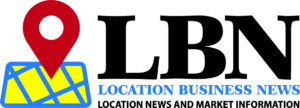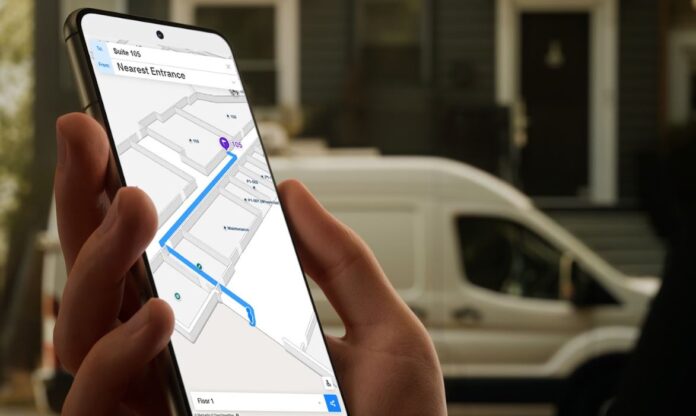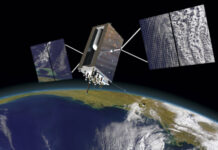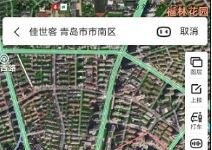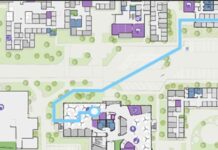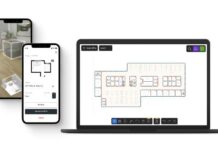“We started it to as way to help people find stuff indoors. In fact, our first pitch [to investors] was to brand it as Google Maps indoors,” he said.
The company recently announced early access to its Mappedin Pro and a new SDK. The company even offers a free version to help first responders and others to quickly map areas of concern.
Many believe that indoor mapping is the last frontier for maps—and there is a reason for it. Lui cited Michael Goodchild’s 2011 article, “Looking Forward: Five Thoughts on the Future of GIS,” who said that the average American only spends 13 percent of the time outdoors. While GIS helps to find restaurants and hotels, it is no help navigating such complex indoor spaces as shopping malls, mines, hospitals and airports, Goodchild said.
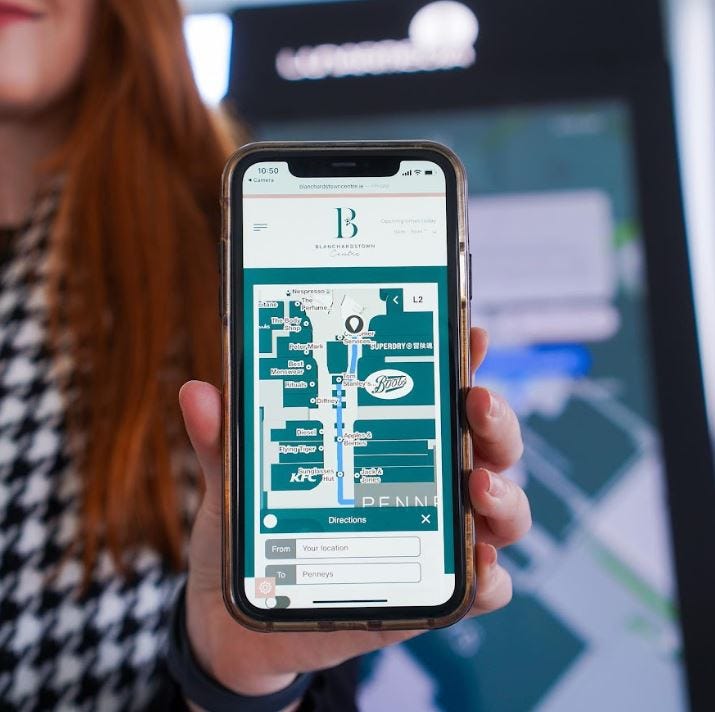
Liu explained the challenges of indoor maps, including the fact that most indoor environments are privately owned to make mapping there even more difficult. In addition, he said that indoor environments constantly change with moving furniture, equipment and office changes.
“The [Defense Advanced Research Projects Agency] and Esri conducted a study in the early 2000s that said it would take 10 percent of the manpower, and 10 years working fulltime, to map indoors. Mapping the outdoors is much simpler as 99 percent of property indoors is private and things constantly change—including gates at airports,” Liu said.
Initially, malls were the big opportunity for indoor mapping companies. From malls, companies have been migrating and partnering with worldwide airports. In fact, Liu said that airports are a natural fit because they are like “big malls,” except with precise mapping requirements.
Another big market for Mappedin is mapping office buildings, where it has 10 percent of the Fortune 500 companies’ offices mapped. “Mapping buildings became important during [COVID-19] and then the return to work following it,” Liu said.
Liu said that the indoor positioning, analytics, asset tracking and other location features are not what they do. “We partner with others who do that. Our goal is to do white-label mapping products, like Mapbox, but indoors,” he said.
What’s the future hold for indoor mapping and Mappedin? Liu believes that vision-based indoor mapping methods will be increasingly integrated into map development. “What better to base [a map] on than human eyes?” he said.
